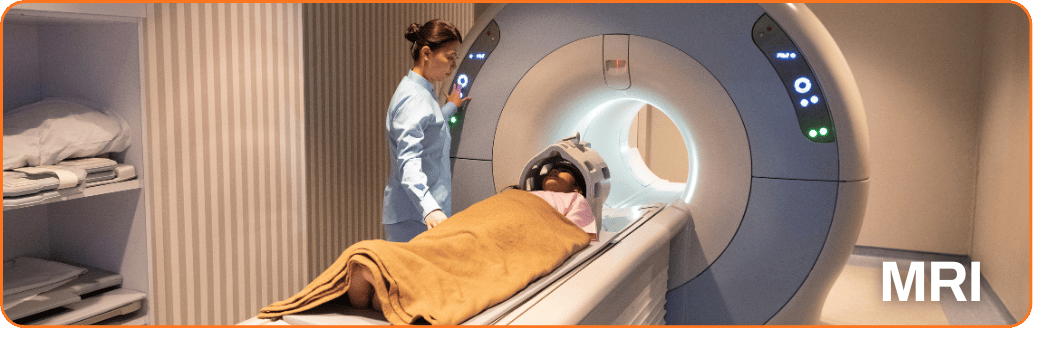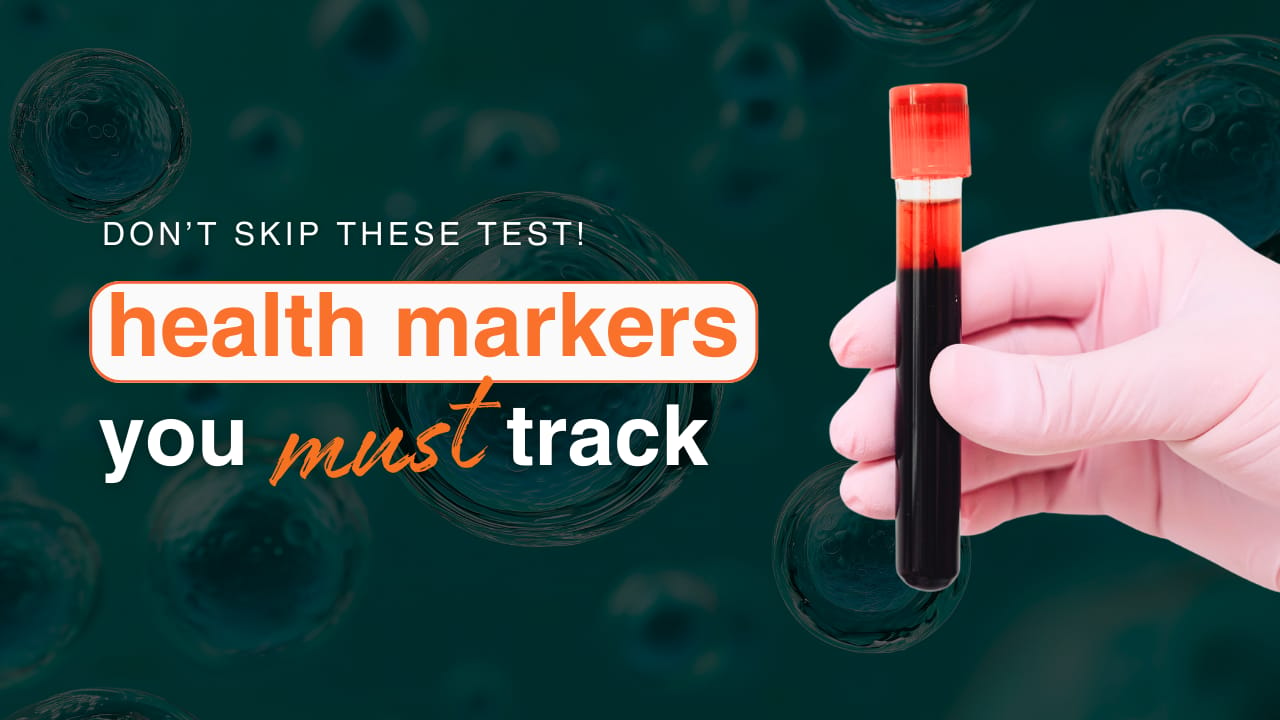Putting things off is the biggest waste of life: it snatches away each day as it comes, and denies us the present by promising the future.

We break down the specific numbers your doctor might be missing (like Fasting Insulin and hs-CRP) and the optimal ranges you should aim for.
How to order your own labs and find affordable cash-pay MRIs.
Hey everybody!

I hope you’re finding some peace this week.
If you caught our newsletter back in September, you probably remember the interview I did with Roger Rasmussen.
Roger is a massive proponent of taking the wheel when it comes to your own health, and he didn't wait for a permission slip to save his own life.
When we talked about how he tracked his progress, he told me something that really stuck with me.
He said,
"I asked my surgeon if he would give me another MRI because I wanted to look inside. But the surgeon said no. Says I don't need it. I'm like, screw that. I went and got my MRI here in town.”

Roger Rasmussen, author of Finding Fenbendazole
And he didn’t just do it once, "I just stopped talking to my doctor and did my own thing. I went in over the next year and a half and got nine MRIs because I wanted to check it every 3 or 4 months. I was in no man's land doing my own thing."
That no man's land is where so many of us feel stuck. We feel like we're in the dark. But Roger proved that you can turn the lights on yourself.
So, I wanted to put together a helpful, no-nonsense guide on cancer prevention testing. This is about knowing your numbers so you can make moves before there’s a problem.

The Numbers You Need to Know
When you go for a standard physical, they are usually looking for disease. If you aren’t dying, they tell you you’re normal. But in the Cancer Crew, we know that normal isn't good enough.
We want optimal. We want to know about the terrain of our bodies. Is it a place where health thrives, or is it a place where weeds (cancer) can grow?
Here are the markers that I think are super helpful to track, which your standard doc might not be ordering:
1. Fasting Insulin
This is a big one. Most doctors just check your glucose (blood sugar). But glucose is a lagging indicator. By the time your blood sugar is high, your metabolism has been struggling for years.
Insulin is a growth factor, it tells cells to grow and divide. If your insulin is chronically high, you are basically keeping your body in growth mode all the time, which is not what we want when we’re trying to prevent cancer.
Optimal Goal: We want this low. Ideally between 2–5 uIU/mL.
2. hs-CRP
You hear us talk about inflammation constantly because it’s the spark for so many issues. High-Sensitivity C-Reactive Protein (hs-CRP) measures the general level of inflammation in your body.
Think of it as checking the temperature of your internal engine. If it’s hot, your immune system is distracted and stressed.
Optimal Goal: You want this as close to zero as possible, definitely below 1.0 mg/L.
3. Vitamin D
Vitamin D isn't just for strong bones, it’s basically a hormone that helps regulate your immune system. It helps your body recognize and clear out cells that aren't acting right.
The "normal" range starts at 30 ng/mL, but for true prevention and immune support, many functional experts suggest higher levels.
Optimal Goal: Many people aim for 60–80 ng/mL.
4. Ferritin
Iron is tricky. You need it to live, but cancer cells need it to grow. They are voracious for iron. High ferritin can mean you have too much iron stored up (which causes oxidative stress), or it can be a sign of inflammation.
It’s a super important marker to keep an eye on so you aren't unknowingly fueling something you don't want.
Optimal Goal: This varies for men and women, but you generally want to avoid the high end of the normal range, which is 300 ng/mL for men and 200 ng/mL for women.
5. GGT
This is a liver enzyme, but it’s also a really cool marker for oxidative stress. If your GGT is creeping up, it might mean your body is burning through its antioxidant supplies (like glutathione) trying to detoxify. It’s an early warning light that your system is under a toxic load.

How to Get The Tests (Without The Headache)
Here is the most empowering part, you can just buy these. You don’t need to ask your GP or fight with your insurance company.

For Blood Work
There are direct-to-consumer lab sites like Ulta Lab Tests or Quest Health. You literally go to their website, add the tests you want to your cart (like you’re shopping on Amazon), pay cash, and print out a requisition form.
Then you just walk into a local draw center, they take your blood, and they email you the results. It’s often way cheaper than what you’d pay with insurance deductibles anyway.

For Imaging (MRIs)
This is exactly what Roger did. If you want a scan for peace of mind, look for independent imaging centers. Avoid the big hospital systems if you can, they charge thousands.
Instead, look for clinics like Express MRI (which Roger used) or check out MDsave. These places cater to cash-pay patients. You can often get an MRI for $600-$800.
Some of them don’t even require a referral, or they have a doctor on staff who can handle that paperwork for you.
We talk a lot about the emotional weight of the unknown. It can be paralyzing to just hope everything is okay.
But taking action? That’s the antidote to the fear. When you have the data, you can make different connections and better decisions.
Let’s keep learning and looking out for each other.
With heart,
Carli
Founder of The Cancer Crew


Help us make the next issue even better by picking the option that fits you best.
Must-Reads You Might’ve Missed









